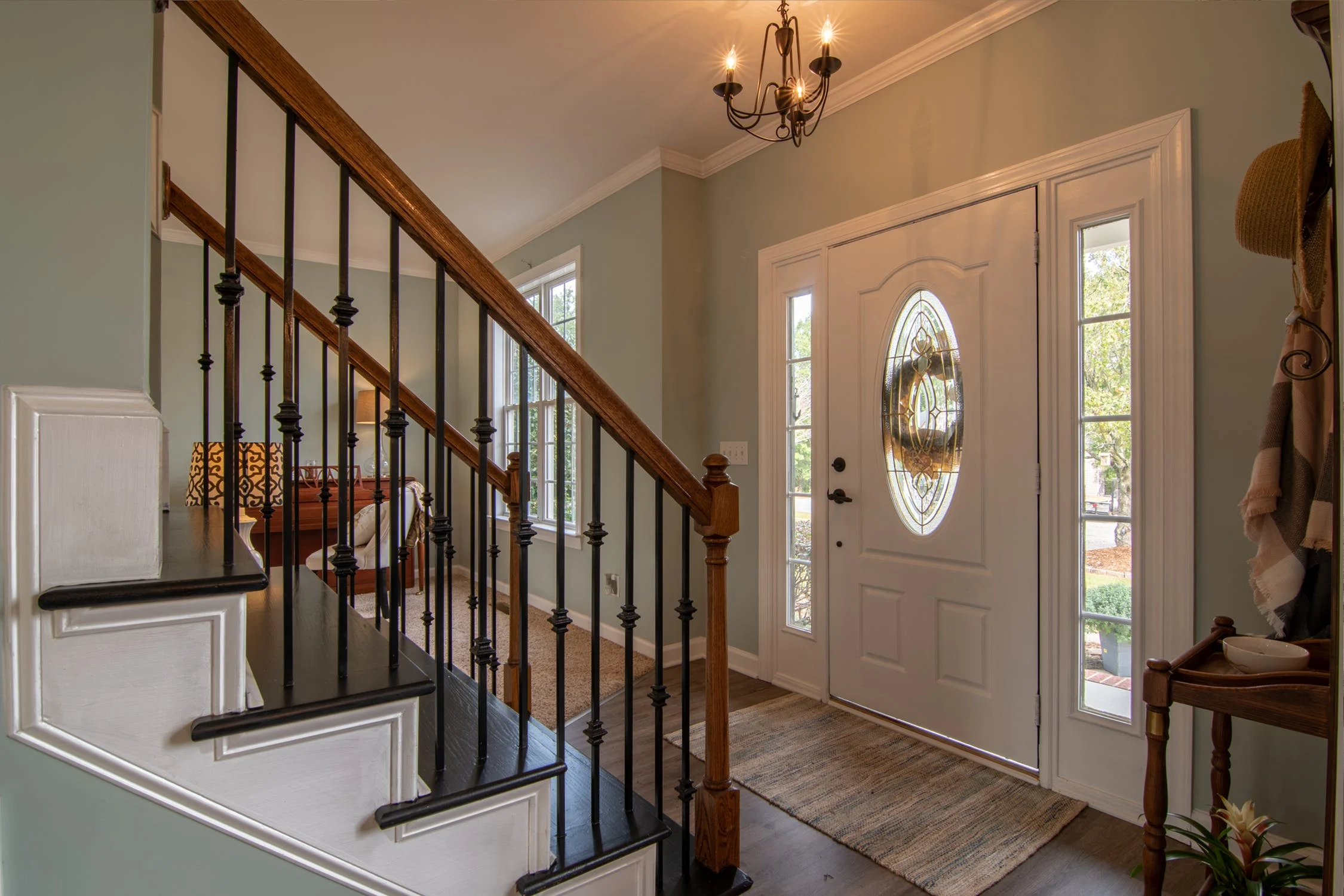A conventional heating unit generates heat using gas and moves it into the house through the duct system to heat your home.
Heat pumps, on the other hand, simply move heat from one area into another. This makes them very efficient to heat and cool your home.
During the winter, heat pumps move the air from the outside, compresses it to increase the temperature of the air and then pushes this hot air into your home.
And in the summer, they move the heat from your home to the outside.
Because a heat pump simply moves the heat around, the same unit can be used to heat and cool a place.
You could either buy a low-end equipment that will cost to more to operate in the short run or go with a high-efficiency unit that has a low cost to operate.
If you do not have solar, then you will be using electricity to heat the home. This will certainly add to your existing electric bills. If you have solar panels, you can offset the cost of electricity to heat your home.
Heat pumps take 220v to the outdoor unit. Depending on your indoor unit (fan coil), they might need 200v also. This might necessitate you to upgrade your electrical panel.
When installing any kind of equipment, remember to pay attention to the duct work. If the duct work has leaks, then all the money you have spent on the heat pump is wasted and it will be heating the attic or some other place other than your home.
Heat pumps help with CO emissions and are clean especially when connected with solar panels.
If you don’t have a duct system installed in your home, you can get a mini-split heat pump. This is particularly useful when you want to control the temperature of each room separately.
Give us a call to find out if heat pump is the right solution for you.


